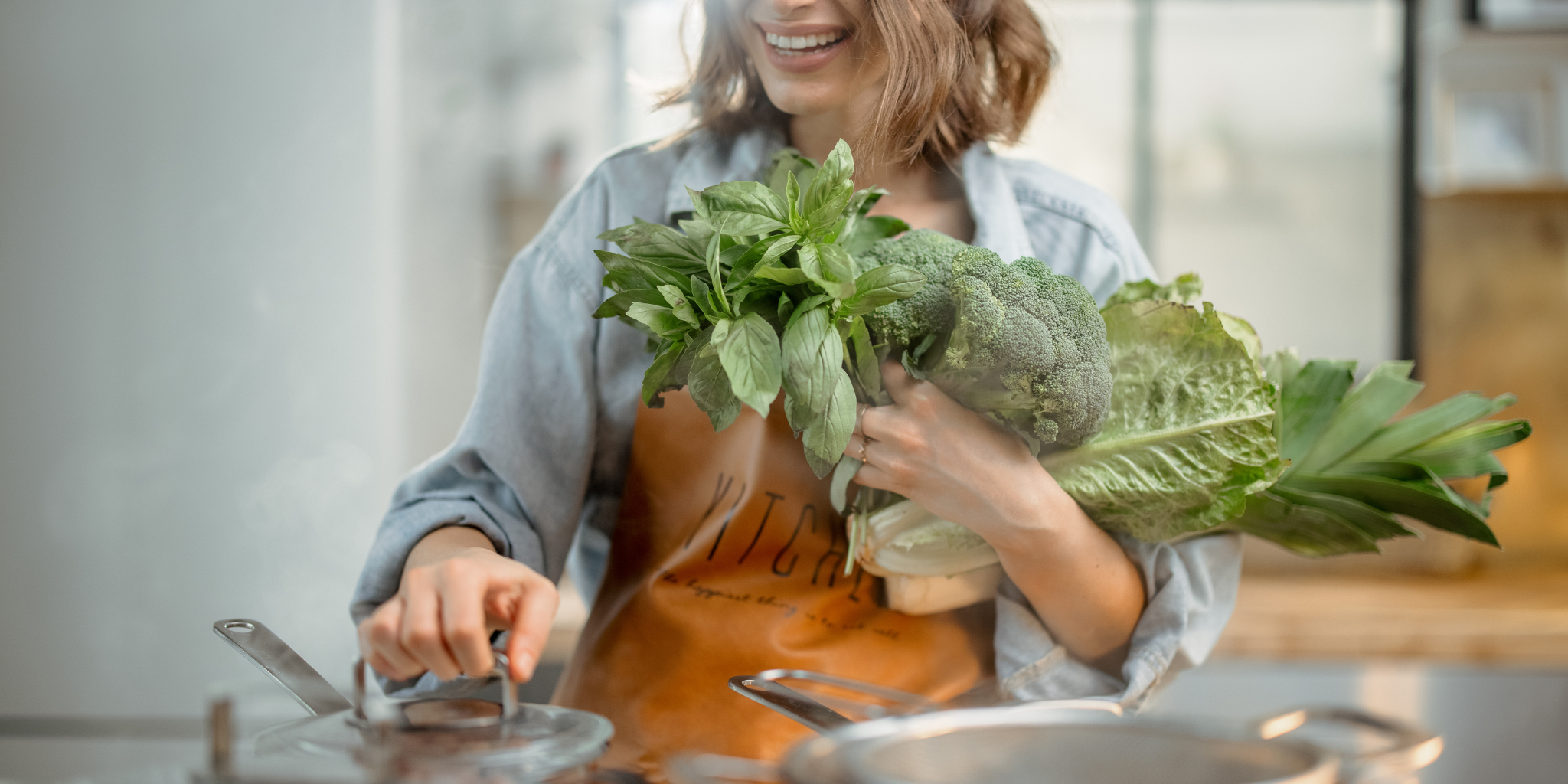Every choice we make in the kitchen has a ripple effect—on our planet, our budget, and our daily lives. Yet too often, we overlook what we already have, leading to waste and unnecessary spending. The reverse grocery list is a simple shift that changes how we shop, helping us embrace a more intentional, resourceful approach to food.

Redefining the Grocery List
Instead of starting with a shopping list, start with what’s already in your kitchen. The reverse grocery list encourages you to take inventory first, making use of what’s on hand before bringing in anything new. By assessing your fridge, pantry, and freezer, you can build meals around what you have—reducing waste, saving money, and cultivating a deeper connection with the food you bring into your home.
A More Sustainable Way to Shop
Food waste is a growing issue, with up to 40% of the U.S. food supply going uneaten each year. That’s more than just wasted ingredients—it’s wasted energy, resources, and packaging. A reverse grocery list helps close that gap by ensuring every ingredient has a purpose before you even step into the store.
Sustainability benefits include:
-
Less packaging waste – Fewer unnecessary purchases mean fewer disposable containers in circulation.
-
Lower carbon footprint – Shopping less frequently cuts down on transportation emissions.
-
More mindful consumption – When you start with what you have, you naturally become more thoughtful about what you bring in.
Thoughtful Spending, Meaningful Savings
An intentional kitchen isn’t just sustainable—it’s smart. Every forgotten ingredient in the back of the fridge represents money spent and lost. The reverse grocery list helps you maximize your budget by making the most of what’s already available.
How this practice supports financial well-being:
-
Avoids redundancy – No more buying what you already have.
-
Maximizes ingredients – That bag of quinoa or those fresh herbs won’t go to waste.
-
Reduces impulse purchases – A focused plan keeps your cart aligned with your needs.
-
Creates a curated kitchen – Stocking only what serves a purpose leads to a more intentional space.
How to Implement the Reverse Grocery List
-
Take inventory – Check your fridge, freezer, and pantry.
-
Plan meals around what’s available – Get creative with versatile ingredients.
-
Make a mindful shopping list – Only add what’s needed to complete your meals.
-
Shop with purpose – Stick to your list and avoid unnecessary extras.
-
Repeat weekly – The more you practice, the more natural it becomes.
A Lifestyle Rooted in Intention
The reverse grocery list isn’t just about saving money or reducing waste—it’s about cultivating a home that aligns with your values. It’s a small but powerful way to practice sustainability, be more resourceful, and bring a sense of thoughtfulness to your everyday routine.
Start with what you have. Shop with purpose. Let your kitchen lead the way.















